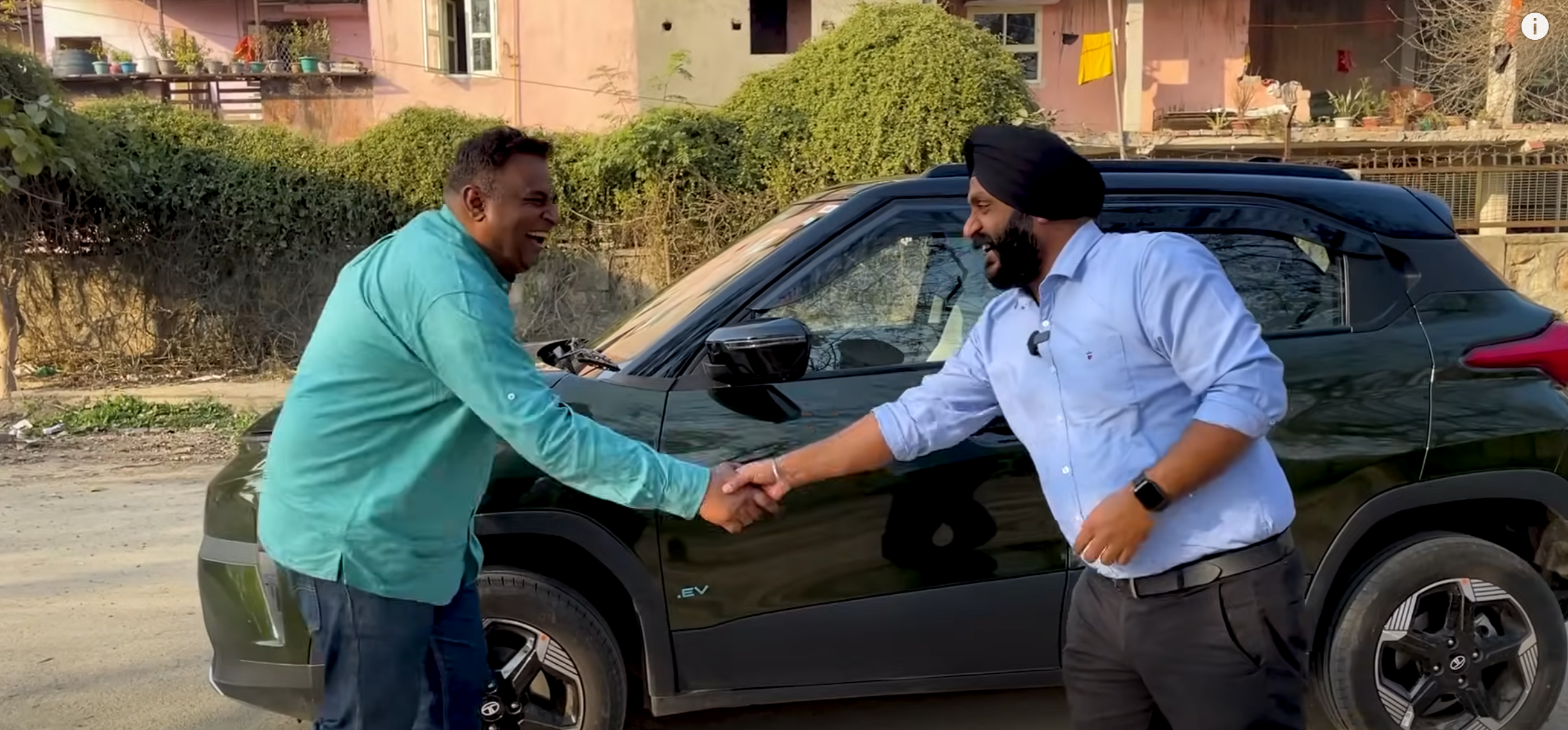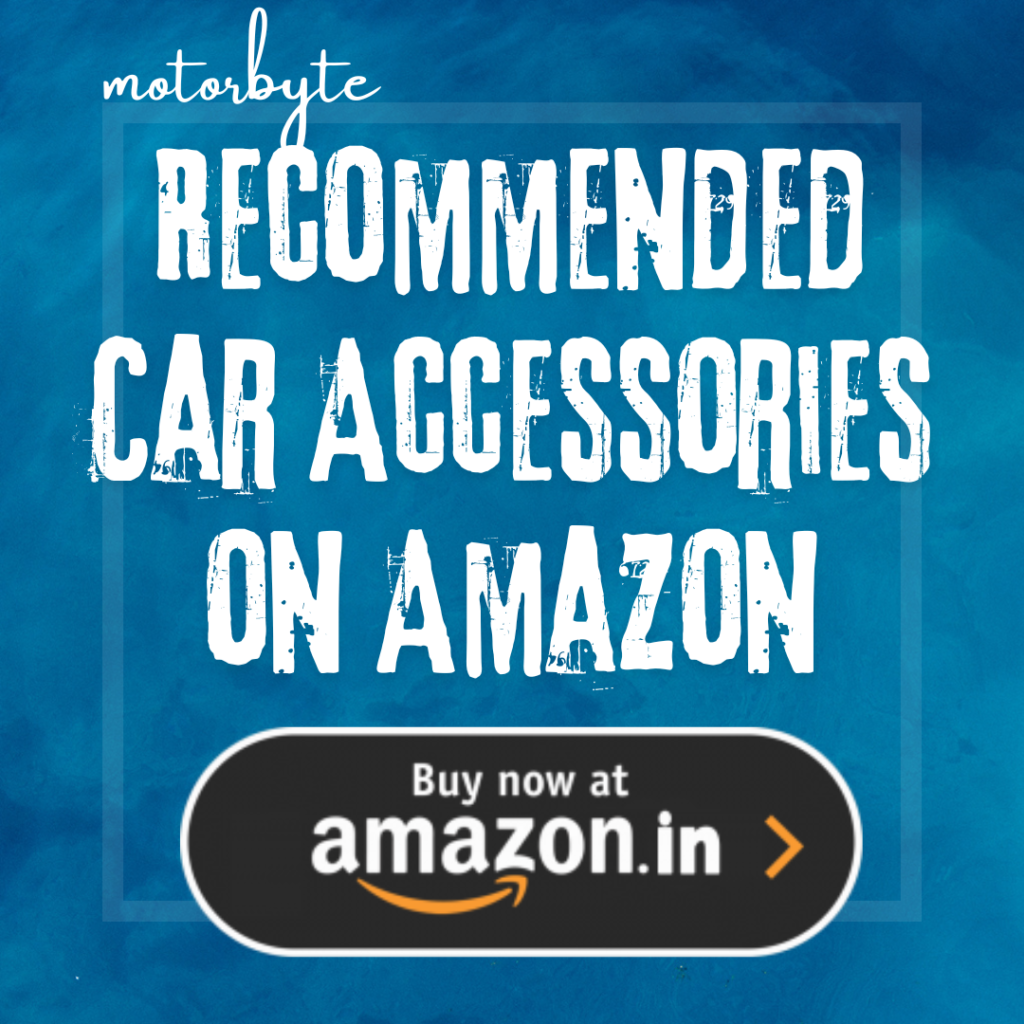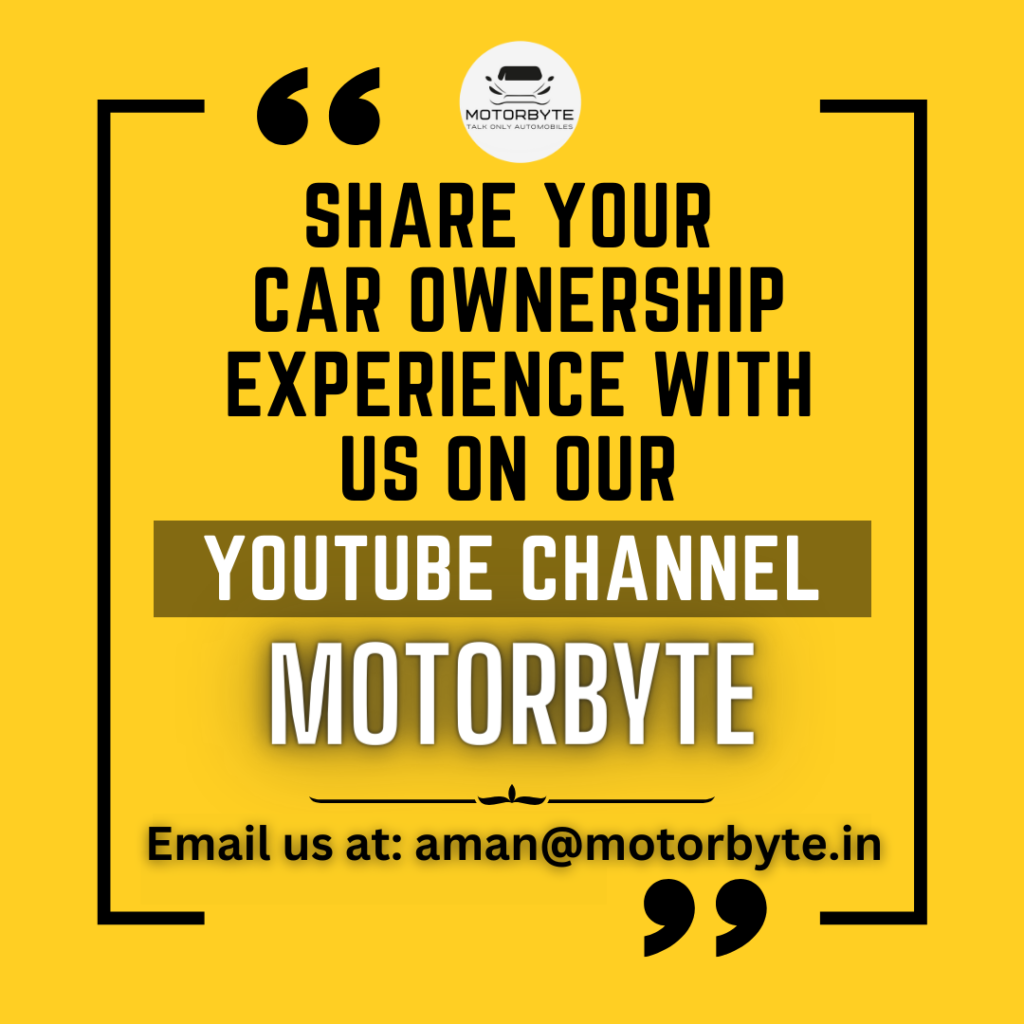Aman: Welcome back to the channel! Today, we have Tushar ji with us for the second ownership review of the Punch EV. Tushar, welcome!
Tushar: Thanks, Aman! Happy to be here.
Aman: If you missed our previous Punch EV review, you can find it linked in the description or by clicking the “i” button above. In that review, we covered general feedback and features. Today, we’ll focus on your experience after driving the car for about 600-700 kilometers over the past week and ten days. What’s your feedback so far?
Tushar: Initially, I wanted to provide a detailed ownership review, but since the car is brand new, I’m holding back on a full review for now. I decided to go for the Punch EV after seeing its design and features during the launch event in Bangalore. My family was a bit skeptical at first, but now they’re satisfied with the decision. I’m happy with my choice and think the Punch EV is a great value for money.
Aman: Can you share the on-road price and details about the variant you chose?
Tushar: I purchased the top model with a sunroof for around ₹16.16 lakh, including insurance.
Aman: How does the Punch EV compare to larger vehicles you’ve owned, like the Nexon or MPVs?
Tushar: The Punch EV is smaller than my previous large MPV. Although the MPV was great in terms of size, it had parking issues. The Punch EV, being smaller, is easier to handle and park, which is a significant advantage for city driving. Despite the size difference, the Punch EV serves well for my needs.
Aman: You mentioned planning to keep the car long-term. How do you view the cost of battery replacement and overall maintenance?
Tushar: I plan to keep the Punch EV for the long term. While battery replacement costs could be a concern in the future, I’m prepared to handle those expenses. Battery prices have been decreasing, and Tata provides a warranty that covers significant distances. Maintenance costs should be manageable, and I believe the car’s overall value justifies the investment.
Aman: What about the transition from a petrol or diesel vehicle to an electric vehicle? How was the adjustment?
Tushar: Transitioning to an EV was primarily a mental shift. Initially, I missed having gears, but I quickly adapted. The ride quality of the Punch EV is smoother without the vibrations from a traditional engine. The noise and vibration are significantly reduced, making the driving experience much more pleasant.
Aman: How do you feel about the practicality of having an EV as a primary vehicle?
Tushar: If you only need one vehicle, I recommend going for an EV. It’s cost-effective and practical for daily use. If you have two vehicles, having one EV and one petrol vehicle could be ideal. For long-distance travel or if an EV isn’t an option, the petrol vehicle remains useful.
Aman: Did you face any issues with the charger?
Tushar: Yes, Tata insisted on purchasing an additional 9.9 kW charger for ₹50,000. While it was an extra cost, it’s necessary for efficient charging. The car’s 3 kW charger would suffice for most needs, but the additional charger ensures better performance.
Aman: What was the arrangement for getting the car?
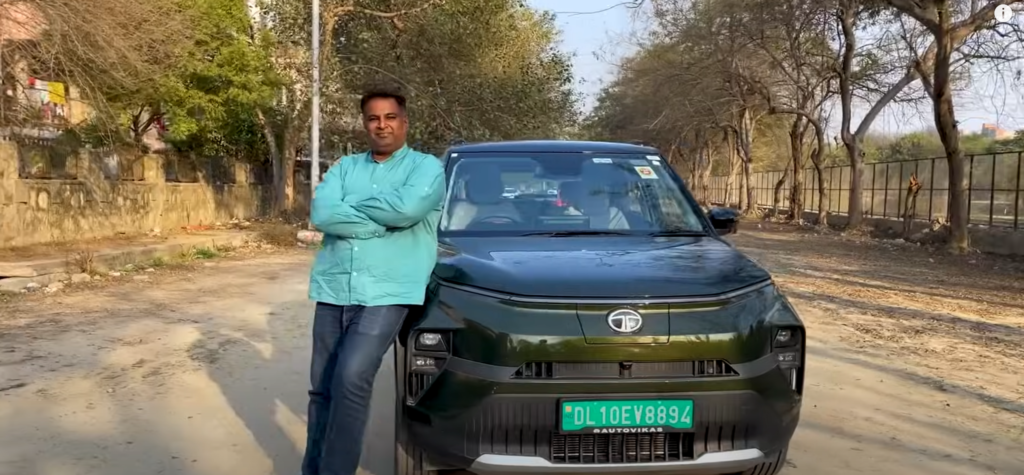
Tushar: We provided the car as per your demand, but it was processed through your order. It came from the ready stock we had, and the charger was included.
Aman: Will the car be the first of its kind in Delhi?
Tushar: Yes, the car will be the first in Delhi. The first car in Gurgaon was delivered earlier, so this will be the first in Delhi.
Aman: How long does it take to charge the car from 0 to 80% with the 7 kW charger?
Tushar: The car fully charges in about two and a quarter hours if it was above 50-60% charge. Charging from 0 to 80% takes approximately two hours.
Aman: What is the range you are getting on the car?
Tushar: I’m getting around 310 km range in sports mode. If I switch to city mode, the range could be up to 350 km.
Aman: How is the car’s performance in city traffic?
Tushar: In city traffic, with driving on L3 (sports mode), the range is around 310 km. The car performs well even with sharp turns and high speeds.
Aman: Have you planned any long trips with the car?
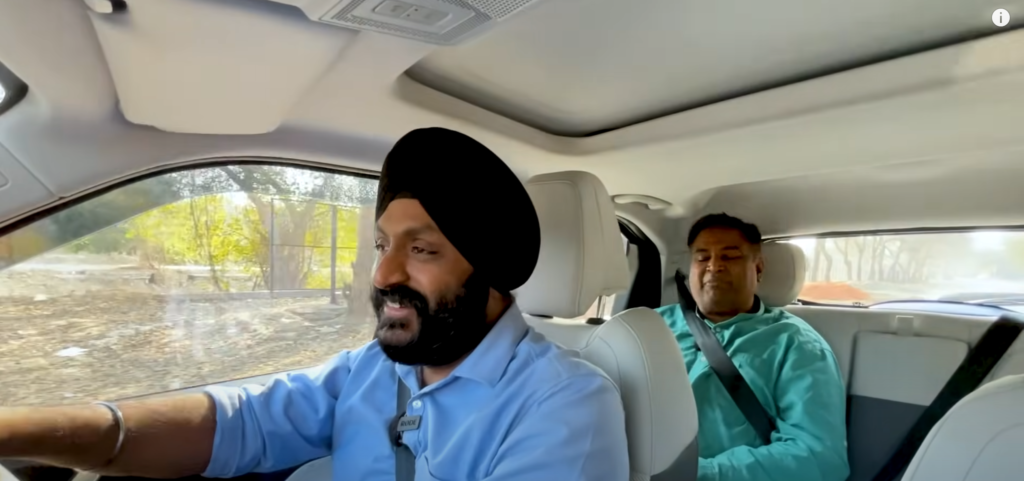
Tushar: Yes, I plan to take the car to Amritsar, Karnal, or Ambala. I will recharge it once and then continue with the journey.
Aman: What is your monthly driving distance, and how does it affect your decision to use an EV?
Tushar: My monthly driving distance is about 1,500 to 2,000 km. Considering this, the EV makes financial sense due to the lower cost per kilometer compared to petrol.
Aman: How do you handle charging infrastructure while traveling?
Tushar: I’ve done thorough research and found that fast food joints and highway stops have chargers. The infrastructure is improving, so I plan accordingly for longer trips.
Aman: What are your thoughts on the EV infrastructure and charging points?
Tushar: Infrastructure is evolving. While centralized apps for chargers are lacking, planning ahead and using multiple apps help manage charging needs. Chargers are available at regular intervals along major routes.
Aman: What are your opinions on the car’s build quality and features?
Tushar: The car’s build quality is good, with improvements in stability and performance. The off-roading setup and overall driving experience are impressive. Features like the touchscreen, ventilated seats, and wireless charger are valuable upgrades.
Aman: How does the new platform compare to older Tata models?
Tushar: The new platform offers better stability and handling compared to older models. The car drives with improved grip and confidence, making it a significant upgrade.
Aman: What is your experience with the car’s charging efficiency and driving range?
Tushar: The car’s charging efficiency is good, with a range of around 300 km in sports mode. Range anxiety has decreased as I become more familiar with charging options and the car’s capabilities.
Aman: What advice would you give to someone considering an EV?
Tushar: If someone has a fixed mindset about sticking with petrol or diesel, it’s challenging to convince them otherwise. However, for those curious or open to EVs, the benefits of cost savings and technological advancements are significant.
Aman: How have you found the overall experience with Tata EVs?
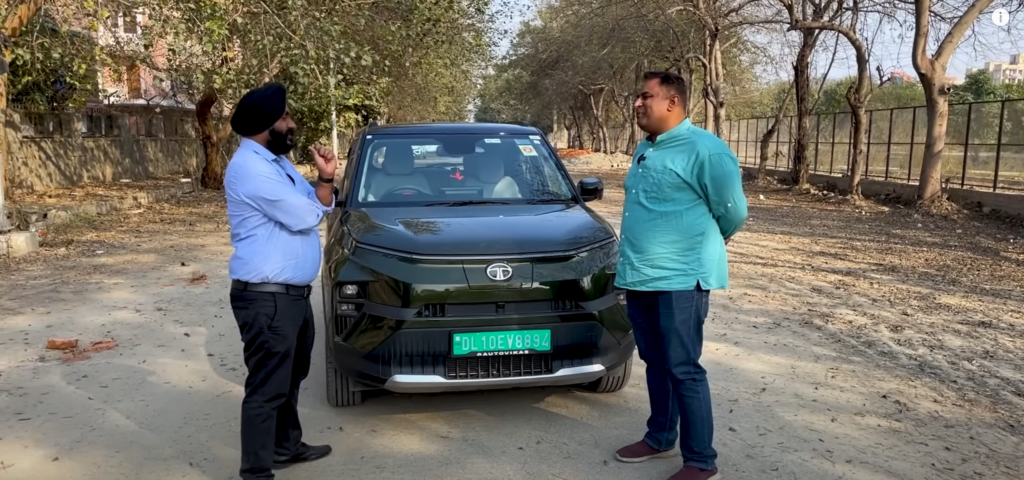
Tushar: The experience with Tata EVs has been positive, with good performance, modern features, and significant savings on running costs. The initial investment is offset by long-term savings and advancements in technology.
Aman: How does the car’s cost compare to traditional models?
Tushar: The cost difference between the EV and traditional models is around ₹4 lakh. The savings on fuel and the car’s features justify the extra cost for those driving long distances.
Aman: What are your final thoughts on the car and the EV experience?
Tushar: Overall, I am very satisfied with the car. It offers a great driving experience, modern features, and significant cost savings. The transition to EV has been smooth and beneficial.
